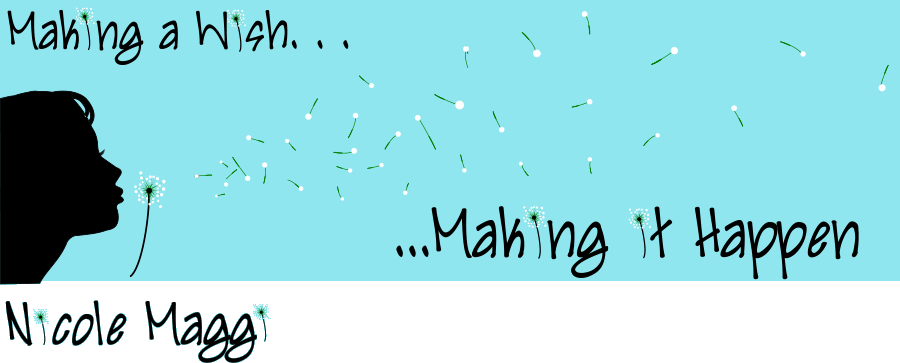How do you plot two books at once? I'm still discovering the answer to that question. On the advice of my editor - very good advice - I'm plotting out books two and three simultaneously before moving on to actually writing book two.
When I first started writing WINTER FALLS, it didn't take me long to realize it was a story that I couldn't tell in one book. So early on, I was already planning a trilogy. But the current story is quite different from that first (and even second) draft, and so my original direction for the story has changed dramatically.
In the original version, Alessia leaves Twin Willows and goes to Italy to be with the Benandanti Clan there. I had planned for the second book to be set in Italy. Ok, so my motivation for this wasn't entirely story-conscious. If the book was set in Italy, well, I would just have to take a research trip there...
Alas, my agent wanted the entire series to take place in Twin Willows. So no research trips to Italy for me. I'm hoping the book will sell in Italy and they'll want me to come over and do a book tour. I've told my agent to get on that...
Going in this new direction, I changed my vision for the entire trilogy. If Alessia cannot go to the mountain, the mountain would come to Alessia. New characters arrive in Twin Willows in both books, so the small-town setting gets expanded.
But how do you look ahead over an entire trilogy, creating an arc for all three books while still keeping each book as its own individual story?
When I plot, I rely heavily on The Hero's Journey. Every story has a hero's journey inside it, with the exception of some literary fiction. (Although I recently read THE HELP by Kathryn Stockett - a-mazing! - and there was a clear hero's journey through-line for each of the characters.)
Although I recommend reading Christopher Vogler's book THE WRITER'S JOURNEY that breaks down each step of the journey and uses examples in film, the journey can be summed up with the classic movie, Star Wars - Episode IV: A New Hope.
Stage One: Ordinary World. Luke is bored living with his aunt and uncle and wants to get out to see new worlds.
Stage Two: Call to Adventure. Luke sees the message from Leia in the R2-D2 unit.
Stage Three: Refusal of the Call. Uncle Owen reminds Luke that his familial responsibilities are more important than chasing after a hologram.
Stage Four: Meeting the Mentor. Luke finds Obi-Wan and shows him the hologram. Obi-Wan tells him about the Jedi.
Stage Five: Crossing the First Threshold. Luke returns home to find his home burned and his aunt and uncle dead.
Stage Six: Tests, Allies & Enemies. Luke and Obi-Wan hire Hans Solo and Chewbacca. They fight in the bar and encounter Imperial Stormtroopers. The Millenium Falcon is drawn into the Death Star. They find Leia.
Stage Seven: Approach to the Inmost Cave. With all the characters in place, they each go after their goals on board the Death Star.
Stage Eight: Ordeal. The battle between Darth Vader and Obi-Wan; Obi-Wan's death.
Stage Nine: Reward. The remaining characters escape the Death Star and Luke finds solace with the other rebels.
Stage Ten: The Road Back. Luke rededicates himself to his journey by joining the rebel cause.
Stage Eleven: Resurrection. The destruction of the Death Star; Luke identifies himself as a Jedi.
Stage Twelve: Return with the Elixir. Luke is awarded for his bravery and deeds.
Each Star Wars movie has this arc, and then there's a greater arc over all three movies (yes, I know there are six movies, but I only count Episodes IV, V and VI). The same is true of the Harry Potter books, which are another classic example of the Hero's Journey. Each book has its own journey and then there's a journey arcing over all seven books. Seven books! J.K. Rowling is a goddess.
